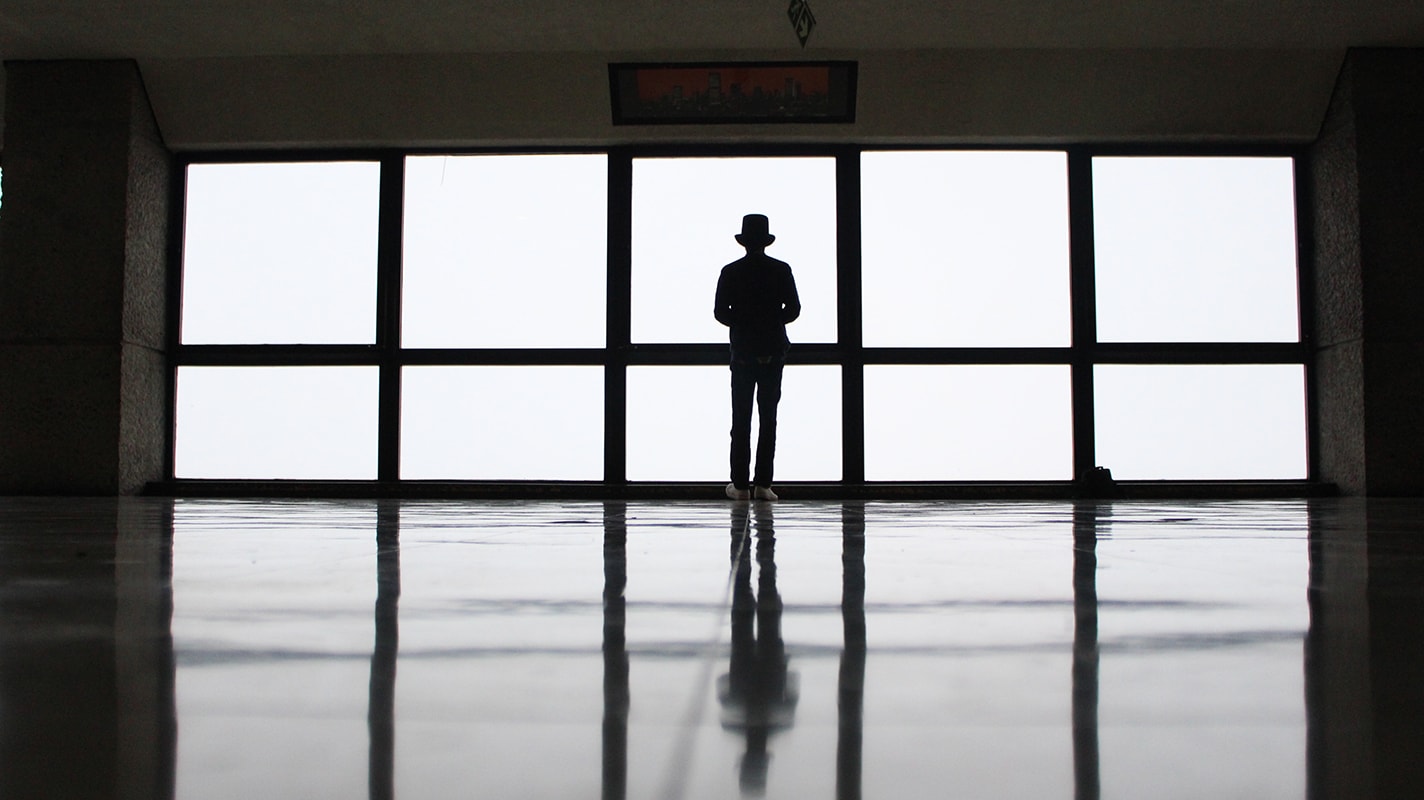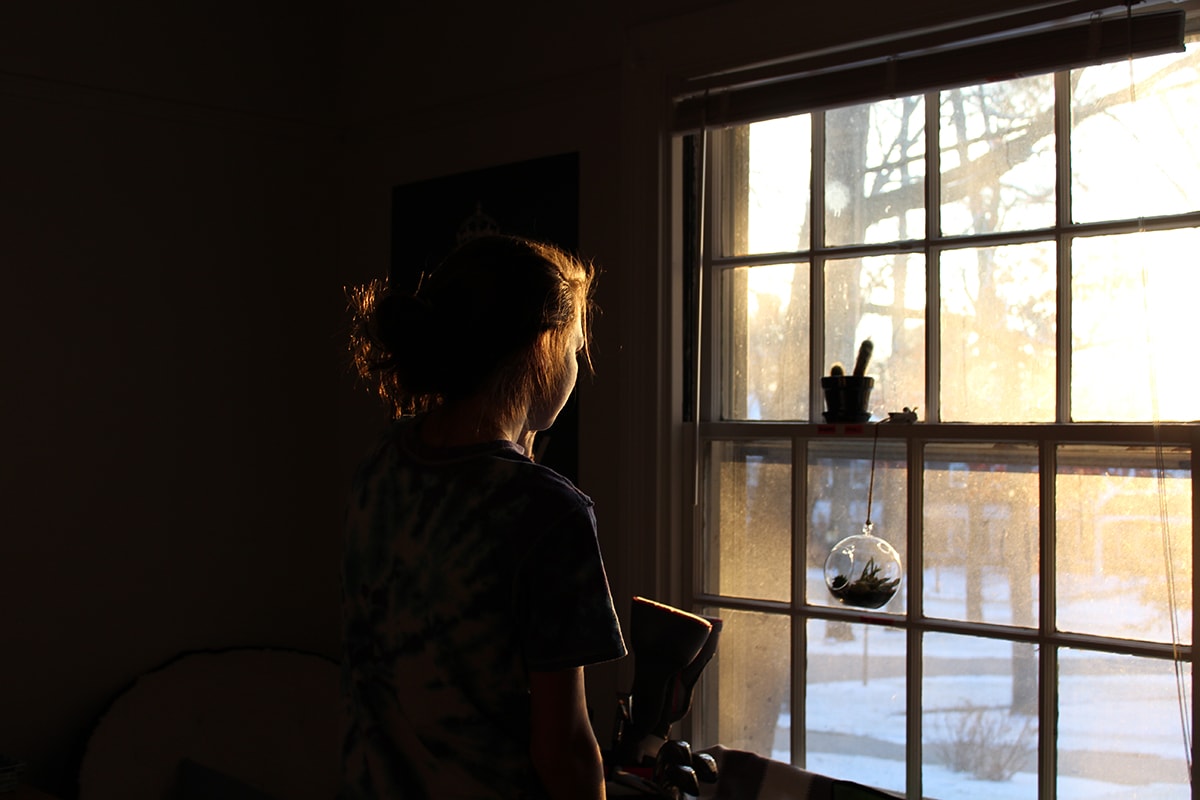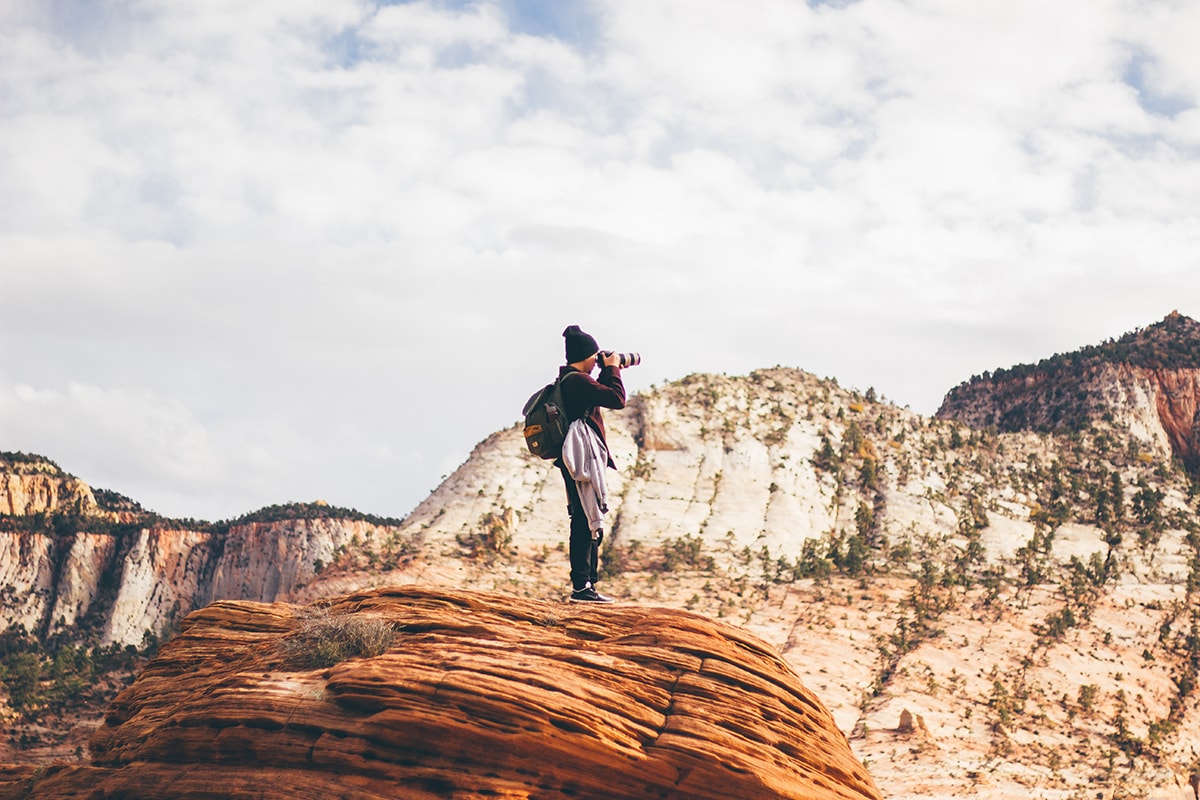Can Photography Be Used as a Form of Therapy?
Photography is not only a form of art; it is also a means of expression and a way of communicating thoughts and feelings. A single photograph can tell a hundred different stories. This is one of the reasons why some people have taken it as a hobby and, for others, a form of therapy.
Yes, photography can be a good form of therapy for people who need to “get back on track” or those who are in the process of recovering from a tragic or sad incident. Photos have some sort of a healing effect on a lot of people. There are times when expressing emotions in words become too difficult; this is when photographs can help.

Examples of Situations Where Photography Was Used as a Form of Therapy
Before we continue the discussion on photography as a form of therapy, let’s look at some examples of situations where taking photos successfully helped a person or several persons bounce back from a painful or depressing experience.
Here are two inspiring stories:
- A Vietnam war veteran in Spokane, Washington uses photography to deal with his PSTD (Post Traumatic Stress Disorder) and depression caused by memories of the war. He actually formed a camera club for veterans. It has done a lot of great things for many of them. The club has helped veterans cope with post-war problems like being reclusive, fear of crowds, getting people to understand what and how they were feeling, and depression, among many others. The veterans look at their cameras as non-destructive substitutes for the guns and weapons they carried while fighting in the war.
- Another story where photography figures prominently is that of a person who figured in a serious road accident back in 2009. Waking up after a weeks-long coma saw him bound to the wheelchair as he could not walk and move his left arm. When his therapist suggested that he take up a new creative hobby, he learned about the possibility of using photography as a form of therapy. The improvements he noticed have made him emotionally and physically stronger.

The Two Types
There are two types of photography that are considered effective forms of therapy: therapeutic photography and phototherapy. Both types do not require specific photographic skills, training, or knowledge.
-
Therapeutic Photography
The technique involves self-conducted and self-initiated photo-based activities, where a person or a group takes photos as a form of therapy. In such situations, there is no professional counselor or therapist working with the person or persons in need of therapy. As such, no actual therapy session is involved; it is only the photos and the activity itself that provides the therapy. It is important to note, however, that therapeutic photography is not confined to taking photos. It also includes viewing photos, posing for photos, discussing or talking about photos, and imagining or visualizing photos. Most people who take up therapeutic photography often join groups, such as camera or adventure clubs.
-
Phototherapy
Phototherapy techniques use personal photos, images shot by other people, and photo albums of the person concerned in therapy practices. The photos are used to help a person express feelings, thoughts, emotions, and even remember important incidents that are otherwise difficult to explain in words. Any form of photography can be used for this type – as well as in therapeutic photography – including films and videos, digital or otherwise.
Therapeutic Photography: How It Helps People In Need of Therapy
There are many reasons why photography can be an effective form of therapy. There are also several methods of doing this, especially since it can be considered a personal form of rehabilitation. One person, for example, can choose to write down thoughts and feelings first – using words or phrases – and then convert these into images.
Basically, it’s not about the photos per se; it is more about the process of shooting the images. Carrying the camera, feeling it in your hands; hearing the click and looking through the lens, and even the process of walking around to look for scenes or situations to shoot – all these make photography therapeutic.

Below are the top five reasons why photography can be an effective form of treatment.
- Photography gives us the opportunity to view the world objectively. It shows us images that depicts how we are really living, not the often-guarded thoughts we keep in our minds. Thus, we become mindful of the things around us and in what is happening, as opposed to what we think (and like to believe) are happening. Developing mindfulness in photography is therapeutic because it unmasks the realities we thought we knew.
- Photography is a form of self-expression. It can effectively show a person’s true psychological state. It can also manifest a person’s genuine emotions. In other words, it allows a person to reach a better understanding of itself. This is therapeutic because it helps liberate a person from something previously misunderstood.
- Photography allows us to see more deeply and pay more attention to what we hear, feel, think, and see. We learn to ask questions; these questions will often enlighten us about particular things we used to be worried or confused with. This is therapeutic because it enables people to enhance understanding and learning; which is also a way of healing.
- Photography helps improve every day experiences. What used to be ordinary for you can change after you took a photo of it from a different angle. For example, a simple red rose can turn into a beautiful gift of nature after you captured it on camera while in bloom. Ordinary things become more special and meaningful. This is therapeutic because it gives an overall sense of happy and positive feeling.
- Lastly, photography can help unleash artistic and creative skills. Take for example a child with Down syndrome or a person in a wheelchair, or someone who is hearing impaired. These people may find it difficult to express themselves verbally, but through their photos, they could communicate and express their thoughts and feelings fluently. Knowing that you are capable of doing something despite the challenges and setbacks is definitely therapeutic.
So if you’re looking for something that can help you through tough and trying times, grab a camera, start taking photos and you just might discover a whole new world.
